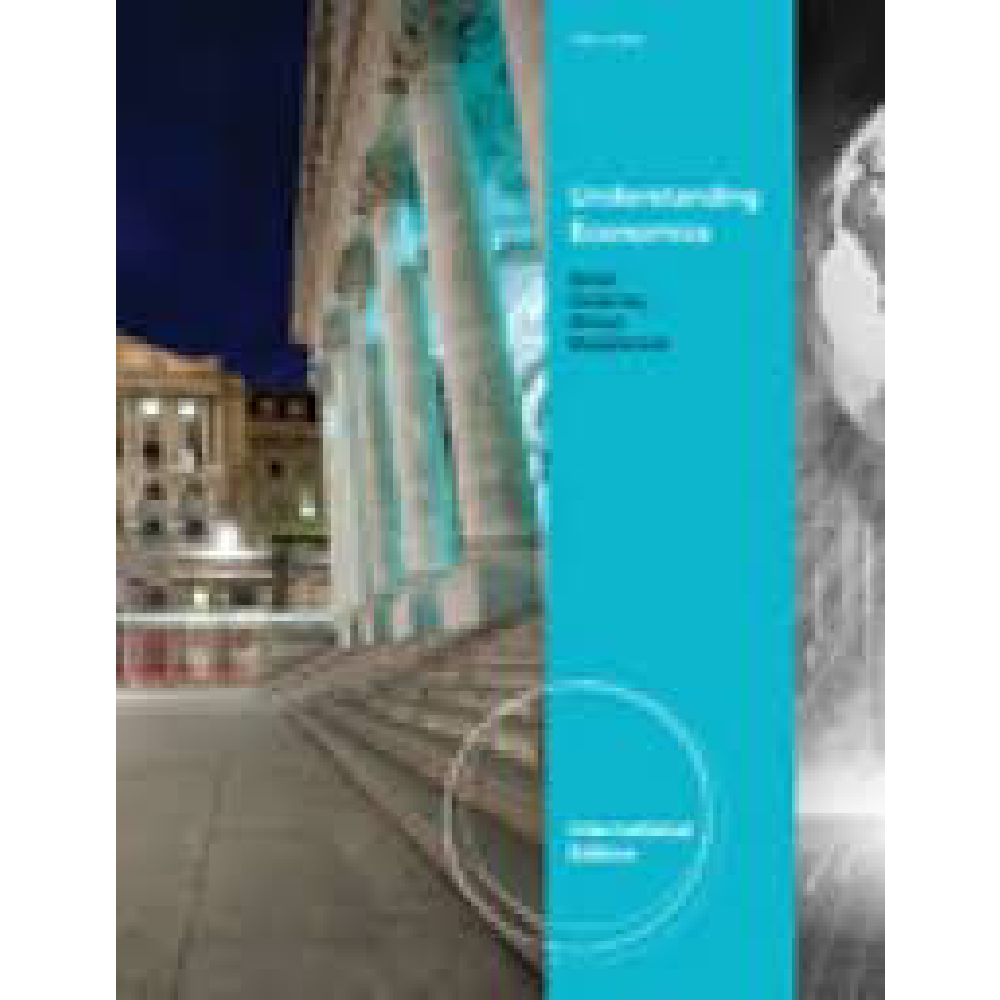The Macro Economy Today 15th Edition By Bradley Schiller – Test Bank
$55.00
The Macro Economy Today 15th Edition By Bradley Schiller – Test Bank
You will receive this product within 24 hours after placing the order
Overview
Chapter 11
Fiscal Policy
1) According to Keynes, the level of economic activity is predominantly determined by the level of
A) Aggregate supply.
B) Aggregate demand.
C) Unemployment.
D) Interest rates.
Answer: B
Explanation: From a Keynesian perspective, government intervention is necessary in stabilizing the economy as too little aggregate demand causes unemployment, and too much aggregate demand causes inflation.
Difficulty: 2 Medium
Topic: Fiscal Stimulus
Learning Objective: 11-02 The tools of fiscal stimulus and their desired scope.
Bloom’s: Understand
AACSB: Reflective Thinking
Accessibility: Keyboard Navigation
2) Keynesians would recommend
A) Higher taxes when there is excess aggregate demand.
B) Lower government expenditures when there is a shortfall in aggregate demand.
C) Reliance on the market rather than the government for adjustment when an undesirable level of aggregate demand occurs.
D) Lower taxes when there is excess aggregate demand.
Answer: A
Explanation: Increasing taxes will decrease disposable income and thus decrease aggregate demand, bringing demand in line with full employment to prevent inflationary behavior in the economy.
Difficulty: 2 Medium
Topic: Fiscal Restraint
Learning Objective: 11-03 What AD excess measures.
Bloom’s: Understand
AACSB: Reflective Thinking
Accessibility: Keyboard Navigation
3) Which of the following gave the U.S. federal government the power to tax income?
A) The Sixteenth Amendment to the Constitution.
B) The Full Employment and Balanced Growth Act of 1978.
C) The Social Security Act.
D) The capital gains tax of the Bush administration.
Answer: A
Explanation: The expansion of the federal government started with the Sixteenth Amendment to the constitution (1913), which extended the government’s taxing power to income.
Difficulty: 2 Medium
Topic: Taxes and Spending
Learning Objective: 11-03 What AD excess measures.
Bloom’s: Understand
AACSB: Reflective Thinking
Accessibility: Keyboard Navigation
4) The U.S. government was given the power to tax income in the
A) Early 1700s.
B) Early 1800s.
C) Late 1800s.
D) Early 1900s.
Answer: D
Explanation: The expansion of the federal government started with the Sixteenth Amendment to the constitution (1913), which extended the government’s taxing power to income.
Difficulty: 2 Medium
Topic: Taxes and Spending
Learning Objective: 11-03 What AD excess measures.
Bloom’s: Understand
AACSB: Reflective Thinking
Accessibility: Keyboard Navigation
5) Today the federal government collects nearly
A) $1 billion a year in tax revenues.
B) $500 billion a year in tax revenues.
C) $1 trillion a year in tax revenues.
D) $4 trillion a year in tax revenues.
Answer: D
Explanation: The federal government collects nearly $3 trillion a year in tax revenues, primarily from income taxes, Social Security taxes, and corporate income taxes.
Difficulty: 1 Easy
Topic: Taxes and Spending
Learning Objective: 11-03 What AD excess measures.
Bloom’s: Remember
AACSB: Reflective Thinking
Accessibility: Keyboard Navigation
6) Nearly half of the federal government’s tax revenues come from
A) Social Security payroll taxes.
B) Customs, whiskey, and tobacco taxes.
C) Individual income taxes.
D) Corporate income taxes.
Answer: C
Explanation: Nearly half of that revenue comes from individual income taxes. Social Security payroll taxes are the second-largest revenue source, followed at a distance by corporate income taxes.
Difficulty: 2 Medium
Topic: Taxes and Spending
Learning Objective: 11-03 What AD excess measures.
Bloom’s: Understand
AACSB: Reflective Thinking
Accessibility: Keyboard Navigation
7) Prior to 1913, most of the federal government’s tax revenues came from
A) Social Security payroll taxes.
B) Customs, whiskey, and tobacco taxes.
C) Individual income taxes.
D) Corporate income taxes.
Answer: B
Explanation: Prior to the Sixteenth Amendment of the U.S. Constitution, most government revenue came from taxes on imports, whiskey, and tobacco.
Difficulty: 2 Medium
Topic: Taxes and Spending
Learning Objective: 11-03 What AD excess measures.
Bloom’s: Understand
AACSB: Reflective Thinking
Accessibility: Keyboard Navigation
8) Which of the following is an income transfer?
A) Free medical care made available to the poor by a private physician.
B) Unemployment benefits paid to a factory worker who was laid off.
C) A new highway built by the federal government.
D) A gift of money from a parent to a child.
Answer: B
Explanation: Income transfers are payments to individuals for which no current goods or services are exchanged, such as Social Security, welfare, and unemployment benefits.
Difficulty: 2 Medium
Topic: Taxes and Spending
Learning Objective: 11-02 The tools of fiscal stimulus and their desired scope.
Bloom’s: Understand
AACSB: Reflective Thinking
Accessibility: Keyboard Navigation
9) The use of government taxes and spending to alter macroeconomic outcomes is known as
A) Monetary policy.
B) Fiscal policy.
C) Income policy.
D) Foreign trade policy.
Answer: B
Explanation: Fiscal policy is the use of government taxes and spending to alter macroeconomic outcomes.
Difficulty: 1 Easy
Topic: Taxes and Spending
Learning Objective: 11-02 The tools of fiscal stimulus and their desired scope.
Bloom’s: Remember
AACSB: Reflective Thinking
Accessibility: Keyboard Navigation
10) Payments to individuals for which no current goods or services are exchanged are known as
A) Social Security payroll taxes.
B) Income transfers.
C) AD shortfalls.
D) AD excesses.
Answer: B
Explanation: Income transfers are payments to individuals for which no current goods or services are exchanged, such as Social Security, welfare, and unemployment benefits.
Difficulty: 1 Easy
Topic: Taxes and Spending
Learning Objective: 11-02 The tools of fiscal stimulus and their desired scope.
Bloom’s: Remember
AACSB: Reflective Thinking
Accessibility: Keyboard Navigation












Reviews
There are no reviews yet.